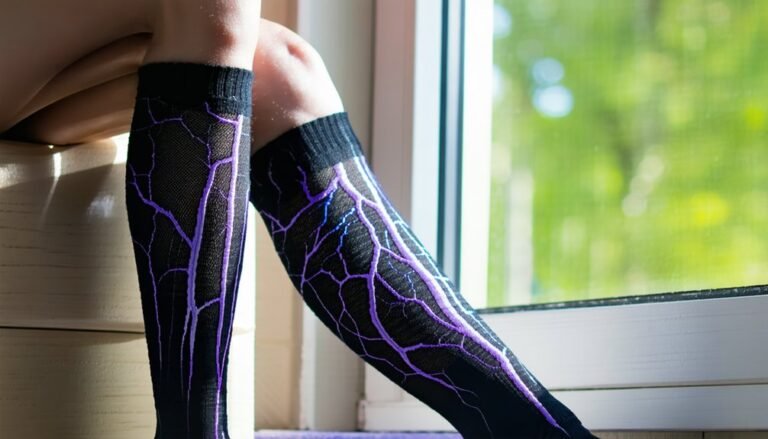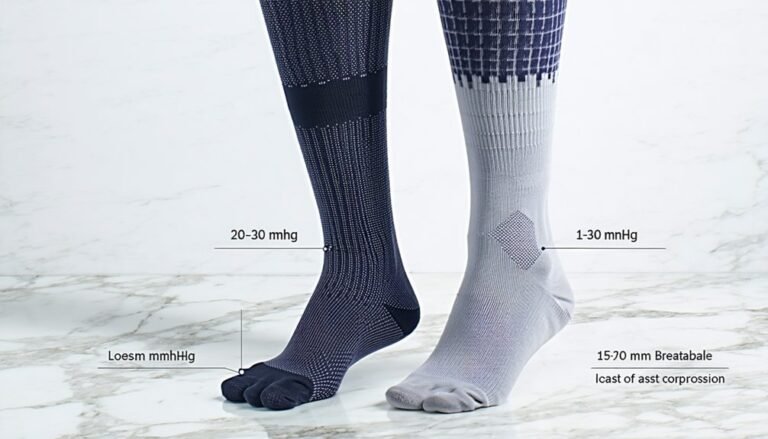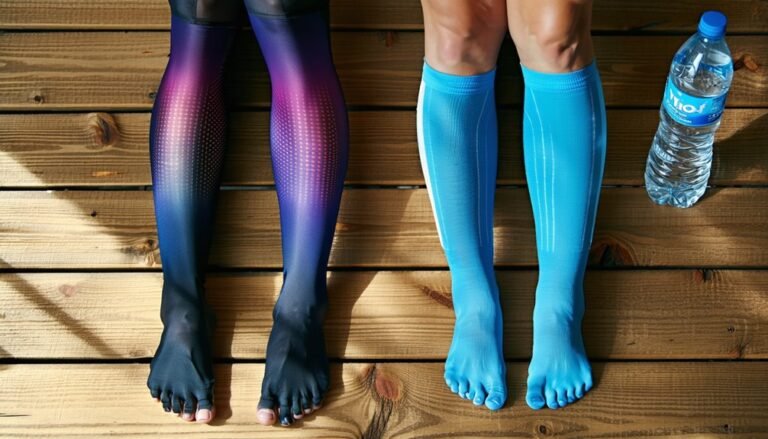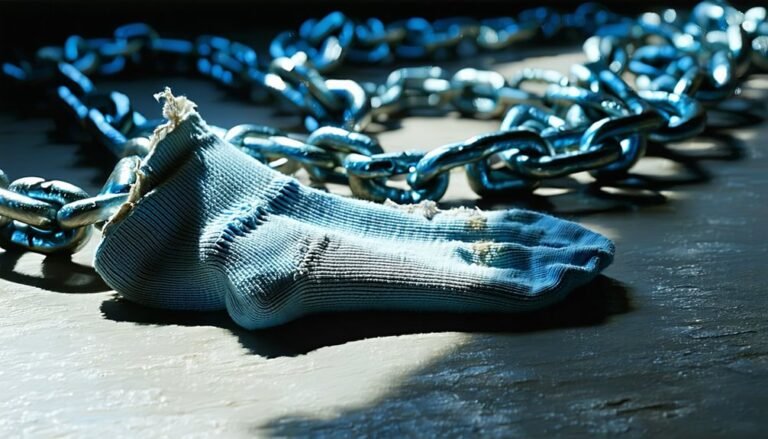Can Compression Socks Make Spider Veins Worse?
Compression socks don't exacerbate spider veins. Instead, they enhance venous circulation by applying graduated pressure to your legs. This reduces venous pressure and alleviates symptoms like heaviness or discomfort. Evidence shows compression therapy aids in managing chronic venous insufficiency without worsening vein visibility. Choosing the right compression level, typically 15-20 mmHg, is essential for effective…









